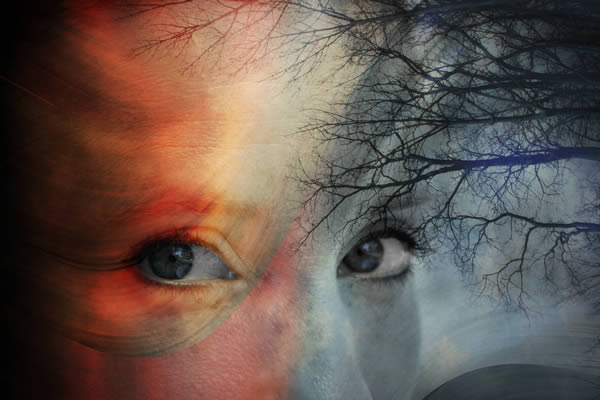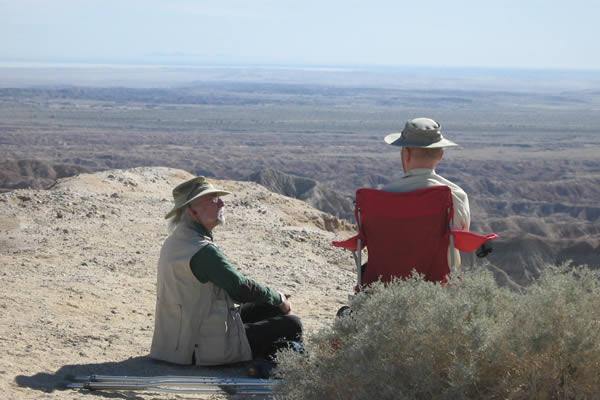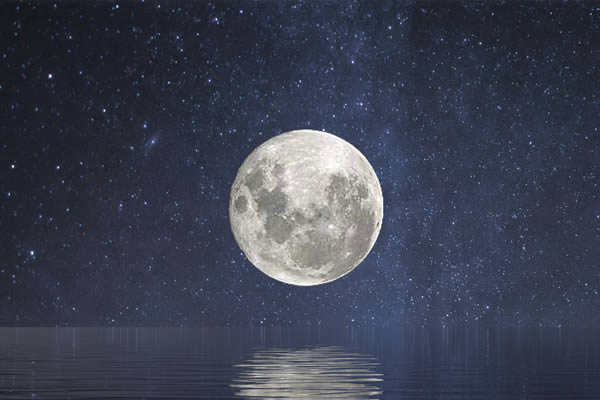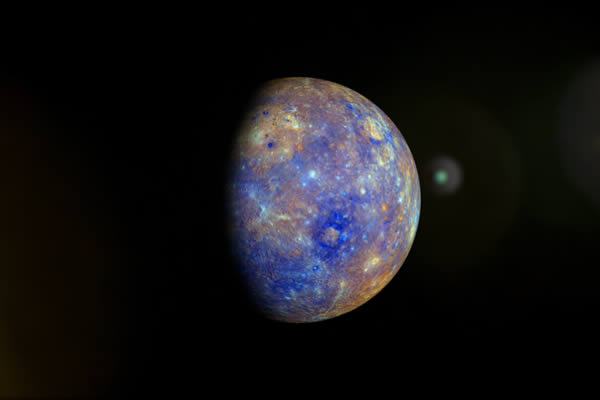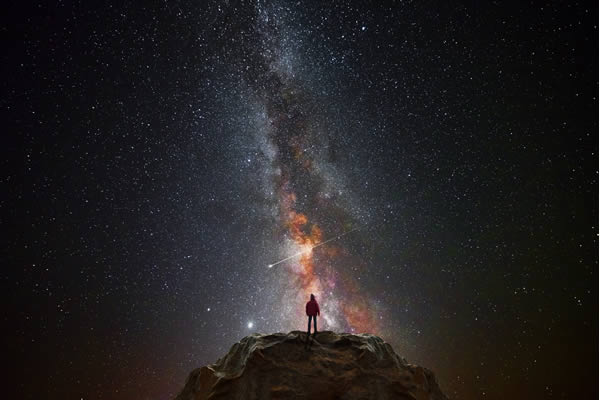Blog
-
Once in teaching a class about the planet Venus, I startled my students – and myself too, a little bit. I heard myself say that the main function of Venus lies in rejecting people. That of course is far from how we normally think of Venus! We imagine the “goddess of love” greeting us doe-eyed and misty, with open arms, receiving us into her heart without even a smidgeon of criticism, hesitation, or pre-conditions.
People sometimes spend their lives looking for that kind of perfect love. They are humanity’s tragic romantics. Most of them die lonely. Pete Townshend of The Who released a song forty years ago that seemed to say it all – The Sea Refuses No River. That line, to me, represents one of the high points of rock’n’roll poetry, but it actually has very little to do with Venus. In actuality, his words are purely Neptunian, and not just because of the maritime reference. It is Neptune, not Venus, that loves people unconditionally. As most of us quickly learn, there is a huge difference between the way we imagine that God loves us and the ways our parents or our partners love us. With parents and partners, while there may be sincere hugs and kisses, the package also includes a few eye-rolls and some disapproving looks, along with “helpful” lists of the myriad ways we might improve ourselves.
How often in a lifetime, for example, are you going to say the words, “will you marry me?”
Venus doesn’t “love everybody” – that’s Neptune’s job. Venus picks and chooses, and that means some element of rejection must always be part of the process. Venusian love is personal. It is “me and you” stuff, not “me and the human race.” Sexually Venus tends to be binary, or at least it aspires to that condition.
Gone are the days when the reflexive answer was “only once” – but most of us who do choose to marry try at least to keep the number down to the fingers on one hand. This observation leads us directly to Forrest’s Theorum #376 – most of us kiss a lot more people than we marry. And what’s a kiss but a preliminary investigation of the possibility of deeper intimacy? Even among the most sincere people in the world, those investigations are far more likely to reveal reasons not to be together than reasons to tie a life-long knot.
-
On April 22, 2010 at 10:05 AM, as the direct result of an incredible series of “coincidences,” I met the late great Robert A. Johnson. Many of us have his books on our shelves – he sold 2.5 million of them, including He and She and We and my personal favorite, Balancing Heaven and Earth: A Memoir. He died on September 12, 2018 at the age of 97. I’m writing about him in this newsletter because he would have turned one hundred years old on May 26th of this year – and also simply because I miss him. He was a good friend.
When I was just an infant in diapers, Robert was studying directly under Carl Gustav Jung in Zurich. He was also in formal psychoanalysis with Jung’s wife, Emma. He’s known internationally as a “Jungian author,” which I suppose works as well as most labels do. There was a lot more to him than that, but instead of trying to “profile” him, let me tell you one of my favorite Robert stories. He used to travel to India pretty much every year. Once when he was about to present a talk there, he received a lengthy introduction in Hindi, a language which he did not speak. As he stepped up to the podium, he asked what had been said about him. He was told that he had been introduced as “an enlightened being” – which was kind of a shocker to him since he never spoke of himself in those terms. He inquired as to why such a thing had been said. And the man introducing him announced, straight-faced and serious, that the evidence was that Robert “didn’t eat much, didn’t say much, and didn’t do much.” It’s funny, of course. But it really did illuminate something deep about Robert A. Johnson. Beyond his piercing intelligence and his profound insights, beyond his public identity as a world-class intellectual, there was simply a kind of magical silence that radiated from him – a quality of sheer stillness. -
If someone were to ask me about the purpose of my life, I’d say that it was about bringing choice-centered, evolutionary astrology to a wider audience. When it comes to accomplishing that goal, the basic problem we all face is that astrology is such a fabulous language, but in order to speak it, a person needs to take a six-week course in its grammar and vocabulary. Most people don’t have the time or the motivation to do that. That leaves a lot of them thinking only of Sun signs. That’s fine, but of course Sun sign astrology is astrology running at 10% of its potential power.
Apart from a stint with Elle magazine a couple of decades ago, I’ve stayed away from that kind of popular astrology. I’ve instead made my own stand a little higher on the intellectual food chain – but, other than with my serious students and in my books, I’ve always tried to keep the welcome mat out for relative beginners. Those of you who have followed this newsletter for a few years know just what I mean.
In this edition of our newsletter, I am going to break that pattern. I want to present an advanced subject. It may leave some of you scratching your heads, but I hope it has another effect. I hope it gets you interested in a subject that has been ignored for too long. The area I want to present, while it’s not a new discovery, is an area of astrology which is begging for more attention. As ever, it takes the community of astrologers, working over at least a generation, to come to anything like full understanding of anything new. No one astrologer can do it on his or her own. Going further, Tony Howard tells me that we’ve had some questions coming in about this subject lately, so maybe it’s in the air. In any case, welcome to the curious case of the “parallax Moon.”
-
Yikes! Mercury was retrograde when I was born! Am I doomed? Will the check be lost in the mail for the rest of my life? Will my luggage never arrive at the same city I do?
Retrograde natal planets often scare people, as if something were wrong with being born with planets moving in that “backwards” condition. Yet most of us have at least one of them, and often more. They are far from rare, in other words. And they aren’t some kind of high jinx in your chart either. They are just different from planets moving in direct motion. It’s sort of like being left-handed.
The overriding principle is that, first and foremost, there is nothing “wrong with” anyone’s chart, ever. The basic laws of the universe preclude that possibility. Your chart is perfect. It fits the needs and conditions of your soul like the proverbial glove. Retrograde planets, squares, oppositions, Mars, Saturn, and Pluto – all the “bad guys” – we need every one of them, and they can be “good for you.” That’s a philosophical point obviously, but understanding it is mission-critical, at least in the context of evolutionary astrology. (If you would prefer an astrologer who would describe you as doomed by some configuration in your chart, I can make some referrals.)
Hold your arm out in front of you and point your index finger straight up. Now look at your fingertip through your left eye, then through your right eye. Your finger naturally seems to jump back and forth against the background scenery. Look at Pluto against the starry background in March, then look at it again in September. It’s the same thing. Like your finger, it too has jumped backwards. That’s because in March, earth was on one side of its orbit, while in September it was halfway around, on the other side. That’s as if the distance between your left eye and your right eye were about 186 million miles – and that’s far enough to make Pluto seem to jump.
-
Everyone with an interest in astrology soon learns about how particular planets rule certain signs. To many astrologers, that makes them automatically “good.” To those same astrologers, for a planet to find itself in the opposite sign is unfortunate. The term they use there is ”detriment” – obviously, not such a good thing. This common notion is simply incorrect, in my experience. The error is easily proven too. The infamous Yorkshire Ripper had a really “good” Mercury – in Gemini, conjunct his Gemini Sun. I suspect he excelled at talking his victims into vulnerable positions. Meanwhile, Rev. Martin Luther King had a “bad” Neptune – in Virgo, the sign opposite Pisces, the sign it naturally rules. Did that mean he had no spiritual life or that he lacked a visionary imagination?

